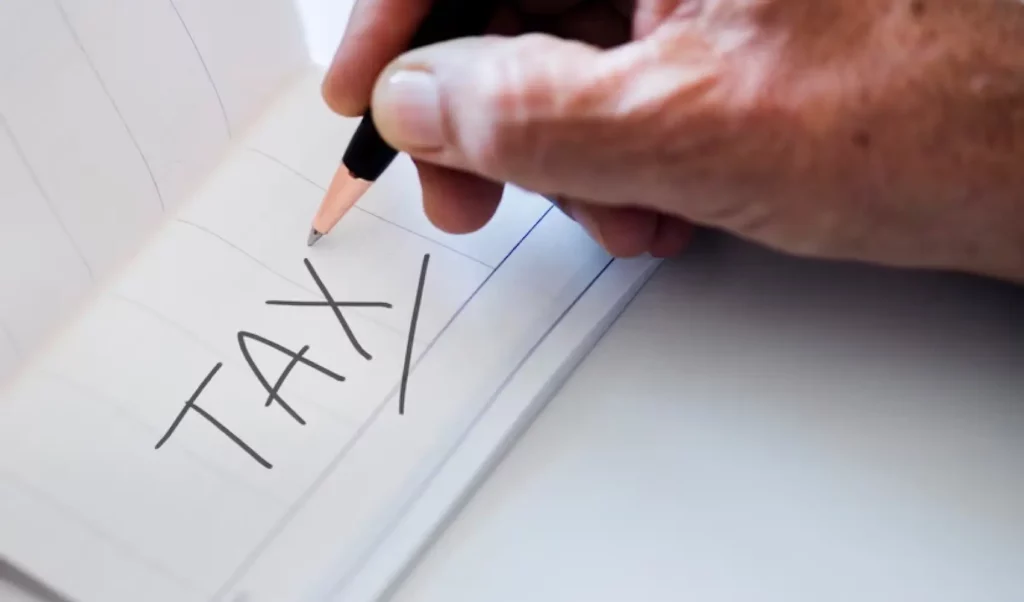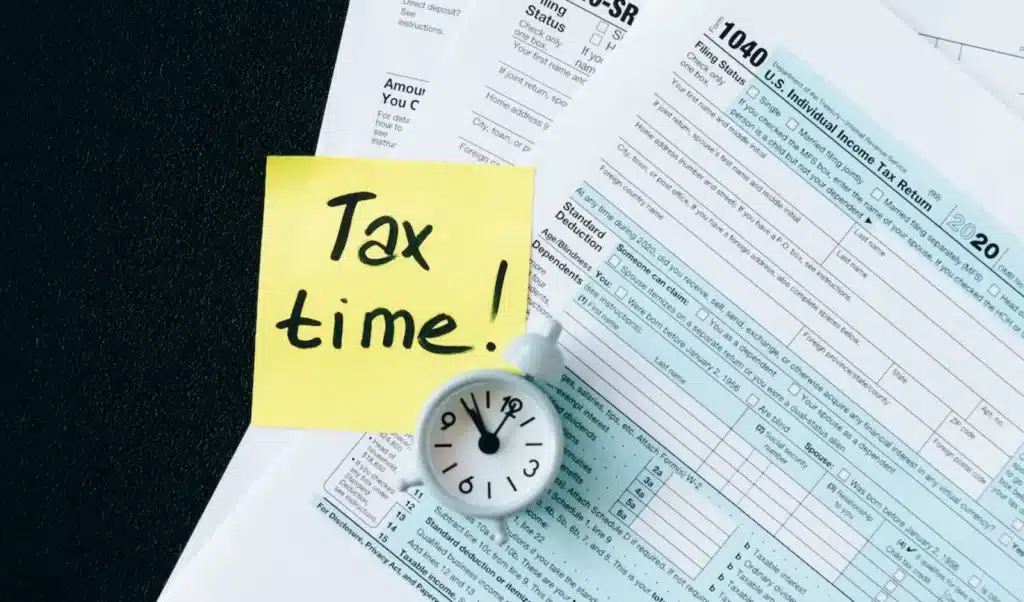Education is often touted as a necessary tool for securing well-paid employment. Unfortunately, thousands of college graduates and their parents are facing mountains of debt in order to secure that education. Oftentimes, students graduate from college and discover they are unable to purchase a car, a home or begin planning for marriage and children. This is often a result of the crippling amount of student loan debt. In February of 2012, the National Association of Consumer Bankruptcy Attorneys (NACBA) released a report which indicated student loans may be at the top of the next financial crisis to face the United States.
Bankruptcy and student loans
Perhaps one of the biggest challenges facing new graduates and their families is the stringent requirements that were laid out by Congress regarding student loans and bankruptcy. In fact, like child support, most back taxes and judgments, most student loans are not eligible to be included in a bankruptcy for discharge purposes. The only exception to this rule is if the debtor can prove repayment would cause an unusual financial hardship. Naturally, personal loans that were not specifically designated as student loans are able to be included in a bankruptcy.
Overall credit and student loans
One of the challenges many students face when they graduate from school is they are burdened with debt from their loans making it nearly impossible to secure a loan for a new car or for a home. Student loans can also be harmful to credit scores meaning the impact will be felt for years to come. In many cases, even those students who are able to find work immediately upon graduating often are paying high credit card bills as well as their student loans. Too often, this means they are using a significant portion of their income to pay down debt. While bankruptcy may not help with student loans, it may be useful to restructuring credit card debt (Chapter 13) or eliminating it completely (Chapter 7) which would free up additional income to be used towards paying the student debt.
Why filing bankruptcy can help
While certainly, no one wants to use bankruptcy as a solution to their financial problems, it may be possible to get back on the right track by filing for protection under the bankruptcy act. In most cases, repayment plans are based on the debtor’s available income which can allow for the opportunity to catch up on past-due payments provided they have sufficient income to do so. In some cases, when students file for bankruptcy, the loans may be able to be renegotiated to allow lower monthly payments or to put the repayment off for a longer period of time.
While we often think of college students as the age group between 20 and 25, the fact is that the largest growing group of student loan debt holders is actually between the ages of 35 and 49. Oftentimes, this is because displaced workers are trying to maximize their employment opportunities by returning to school. While bankruptcy may not allow graduates to eliminate their student loan debt, it may allow those with student loans to get on a path that makes repayment easier.







